| Coffee export prices dropped dramatically after several days of record increases. Coffee export prices dropped sharply after several days of record increases. |
At the end of the trading session on April 30, world coffee prices fell across the board, with Robusta coffee prices dropping more than 3% due to unseasonal rains in the Central Highlands (Vietnam), helping to ease the prolonged drought in coffee plantations. Coffee prices also fell to their lowest level in nearly 3 weeks as the market recorded some more positive signals about supply.
Specifically, on the ICE Futures Europe exchange, the price of Robusta coffee for delivery in July 2024 decreased by 143 USD/ton, at 4,021 USD/ton; delivery in September 2024 decreased by 148 USD/ton, at 3,940 USD/ton.
However, analysts say this is only a temporary adjustment as Vietnam’s 2024/2025 coffee output still faces many risks. The Central Highlands region is expected to witness more peak heat waves before the rainy season begins in June. In addition, in March, Vietnam exported only 3,093.4 tons of coffee, down 59% compared to the same period last year, mainly due to supply shortages.
On the ICE Futures US exchange, the price of Arabica coffee for delivery in July 2024 decreased by 13.85 cents/lb, to 213.65 cents/lb; for delivery in September 2024 decreased by 14 cents/lb, to 211.8 cents/lb.
Moving in the same direction, Arabica prices fell to a near three-week low amid some signs of improving supply.
Coffee exports from Brazil continued to increase in April. According to preliminary statistics from the Brazilian Coffee Exporters Association (CECAFE), as of April 30, the South American country exported about 4.6 million bags of coffee, including 3.5 million bags of Arabica beans, up 27% over the same period last month.
Coffee harvesting in Brazil has now begun. Progress has been slow, but the dry weather in the main coffee growing regions will accelerate the process in the coming period, giving Brazilian farmers more reason to boost sales.
Domestic coffee prices in April 2024 continued to increase at an unprecedented rate, up to 35,000 VND/kg. Today, May 1, coffee is trading in the range of 132,700 - 133,500 VND/kg.
According to a survey, today's coffee prices in the Central Highlands region decreased by 1,200 VND/kg. Specifically, today's coffee prices in Lam Dong decreased by 1,200 VND/kg, down to 132,500 VND/kg.
Coffee price today in Gia Lai decreased by 1,200 VND/kg, down to 133,000 VND/kg; in Dak Lak decreased by 1,200 VND/kg, down to 133,000 VND/kg.
Meanwhile, today's coffee price in Dak Nong decreased by 1,200 VND/kg, down to 133,200 VND/kg. However, in general, in April 2024, domestic coffee prices still increased by more than 36% (equivalent to an increase of about 36,000 VND/kg), continuously breaking records.
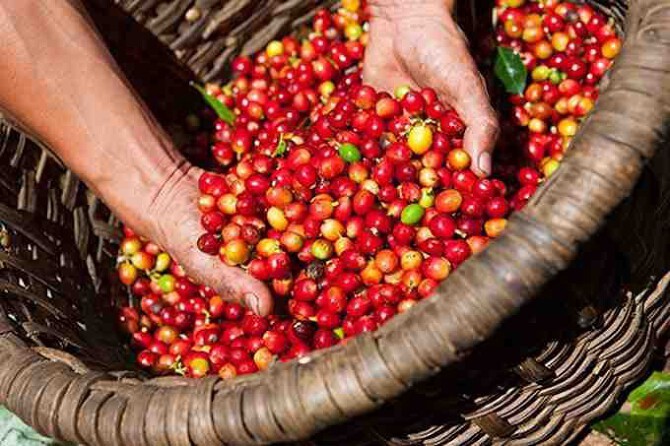 |
| The average export price of coffee in April 2024 continued to increase, reaching 3,791 USD/ton, up 6.6% over the previous month and up 55.4% over the same period in 2023. |
According to the General Statistics Office, coffee exports in April 2024 reached 170,000 tons, with a turnover of more than 644 million USD, down 10.0% in volume and 4.1% in turnover compared to the previous month; up 3.9% in volume and up sharply 61.5% in turnover compared to the same period in 2023.
In the first four months of 2024, coffee exports reached 755,696 tons, with a turnover of more than 2.57 billion USD, up 5.4% in volume and a sharp increase of 57.9% in turnover over the same period in 2023.
The average export price of coffee in April 2024 continued to increase, reaching 3,791 USD/ton, up 6.6% over the previous month and up 55.4% over the same period in 2023. In the first 4 months of 2024, the average export price of coffee reached 3,402 USD/ton, up 49.7% over the same period in 2023.
Large hedge funds and asset managers have reduced their net long positions in New York coffee futures, a development some technical analysts believe could trigger a correction in Arabica prices from a high of 245 cents to 220-230 cents for the July 24 contract.
Meanwhile, a global shortage of Robusta coffee, caused by a lower-than-expected crop in Vietnam and a lack of rain threatening the next Robusta crop, has sparked growing interest in Brazil’s Conillon coffee. However, the world’s largest coffee exporter, Brazil, has begun harvesting but supply is likely to be reduced. This is due to the peak heat in late 2023, which could reduce the current Robusta harvest by 5-10%. Supply pressure is further exacerbated by Indonesia postponing its harvest to June due to late-ripening.
Weather forecasts show rain next week in Vietnam, with more concentrated in the northern provinces. However, in the central and southern regions, the rains are still not enough to keep the fruit in the dry land, maintaining the warning signal and concerns about the risk of a bad harvest in Vietnam next season. If the crop is bad next season, it will lead to a shortage of Robusta coffee for another year.
In Indonesia, humidity is forecast to ease next week, but fruit growth has slowed due to excess moisture in recent times, with new coffee supplies only expected to increase significantly in May.
The April update to the National Oceanic and Atmospheric Administration (NOAA) El Niño and La Niña forecasts raised the likelihood of a La Niña occurring between June and August to 60%. This could contribute to a drier period and allow polar air masses to penetrate Brazil’s coffee growing regions, which could further fuel the “weather market” as winter approaches.
A poor crop in Vietnam next year will mean another year of Robusta shortages. The solution is to incorporate Arabica into the mix, but the transition is not happening as quickly as expected. As a result, Robusta continues to trend upwards.
Source












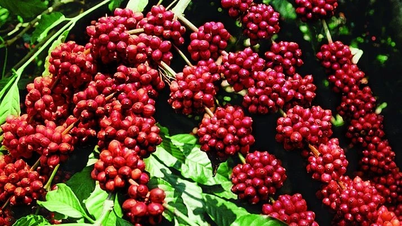







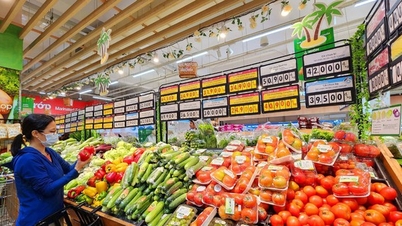

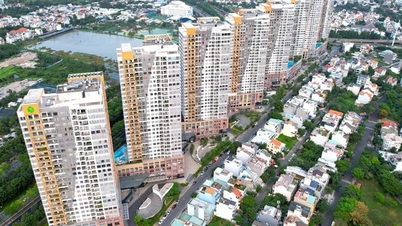



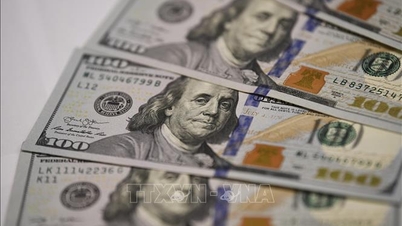





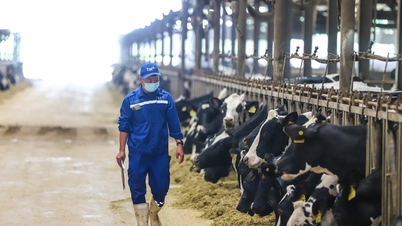


















































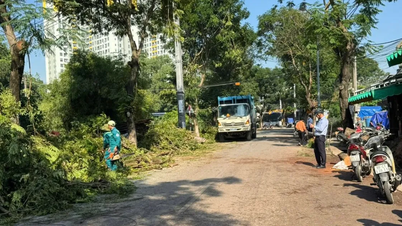







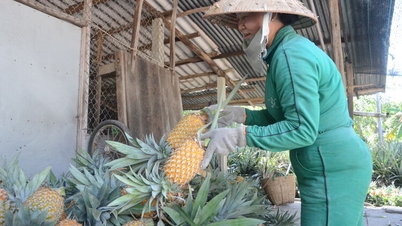














Comment (0)